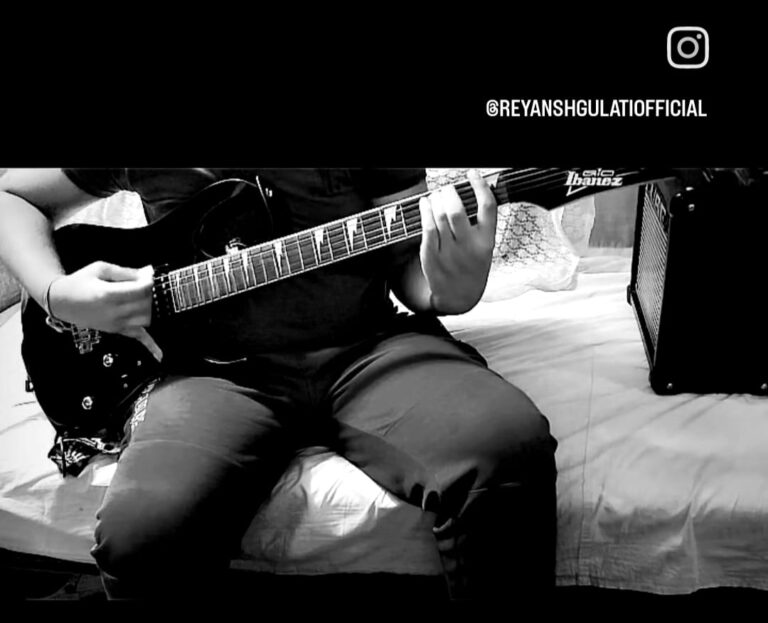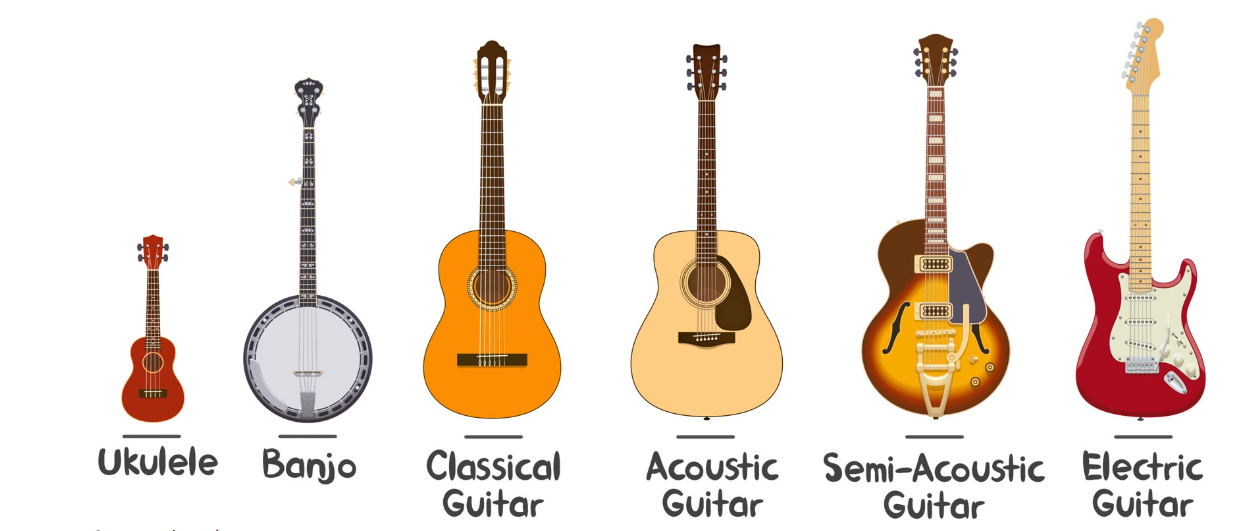

WHAT WILL YOU FIND HERE??
Here you will get information about various types of guitars!! There are 6 types of guitars where on the other hand most of the people think there are only 3 types which are acoustic guitar, electric guitar and classical guitar but here we will also tell you about ukelele, banjo and the semi acoustic guitar
UKELELE
The ukulele is a small, four-stringed instrument that originated in Hawaii in the late 1800s.
🎸 Why Play the Ukulele?
1) Beginner-friendly: Fewer strings, easier chords.
2) Portable: Lightweight and travel-sized.
3) Affordable: Good quality ukes start at reasonable prices.
-
🎶 Types of Music Played
-
Ukuleles are super versatile! You’ll hear them in:
1) Pop (like Train’s “Hey, Soul Sister”)
2) Jazz
3) Folk and Indie
4) Blues and Reggae
5) Even Classical and Rock
6) Hawaiian traditional music


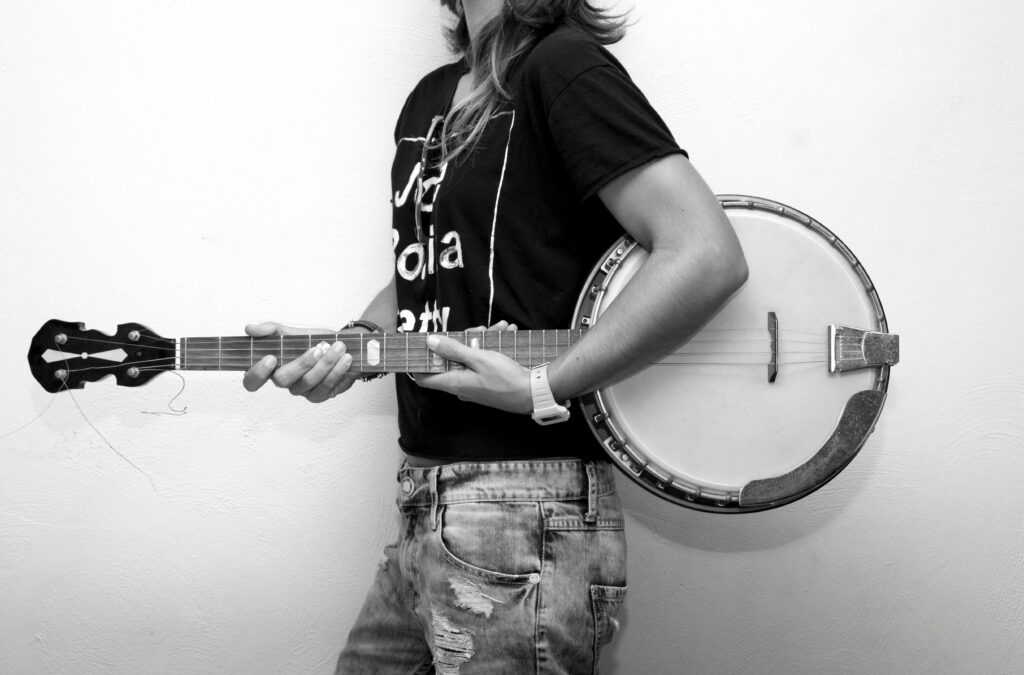
BANJO
A banjo is a musical instrument with a distinctive twangy sound, commonly used in genres like bluegrass, folk, country, and traditional American music.
🪕WHY PLAY BANJO?
1) Unique Sound: It adds an energetic and rhythmic layer to music that’s hard to replicate with other instruments.
2) Cultural Connection: Deep roots in American folk, bluegrass, old-time, and country music.
3) Creative and Meditative: The repetitive patterns and picking can feel meditative. It opens doors for musical creativity, especially in improvisation and arrangement.
CLASSICAL GUITAR
A classical guitar is a type of acoustic guitar designed for playing classical and fingerstyle music. It’s known for its warm, mellow sound and nylon strings, which make it gentler on the fingers than steel-string guitars.
WHY PLAY CLASSICAL GUITAR?
1) Expressive and Beautiful Sound: The nylon strings create a warm, rich, and mellow tone—perfect for emotional depth and subtle expression.
2) Musical Foundation: Teaches discipline, theory, and sight-reading—especially useful for those studying music seriously. It helps develop a deep understanding of melody, harmony, and counterpoint.
3) Solo-Friendly: Classical guitar pieces are often self-contained, meaning you don’t need a band—just you and the instrument. It is ideal for solo performance or meditative personal practice.
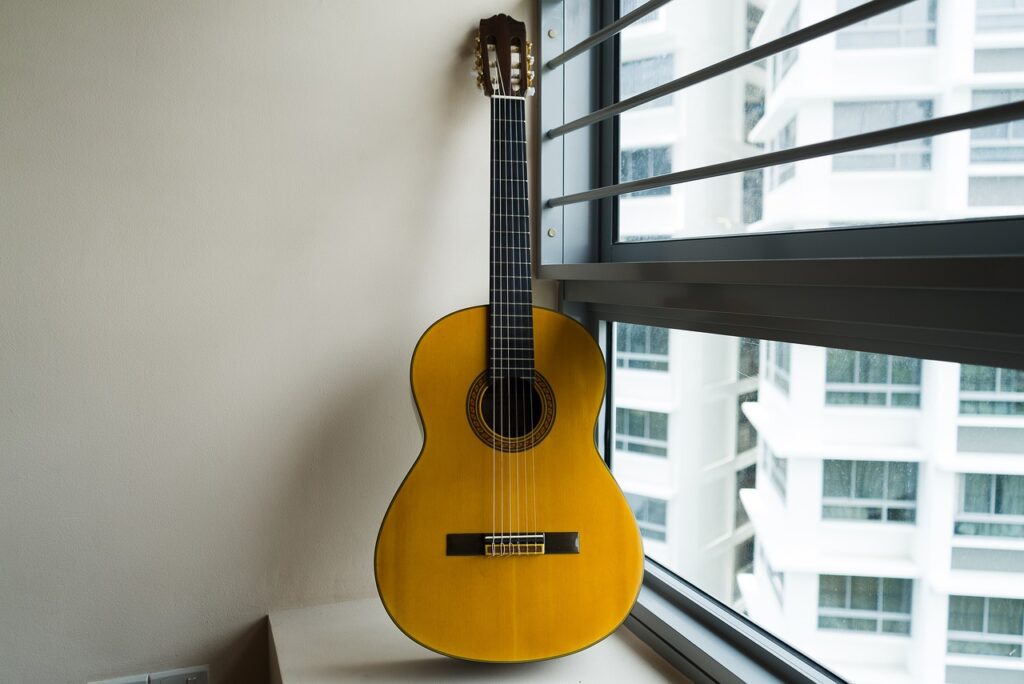
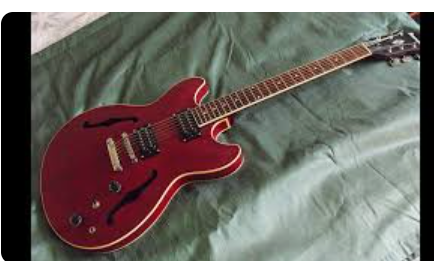
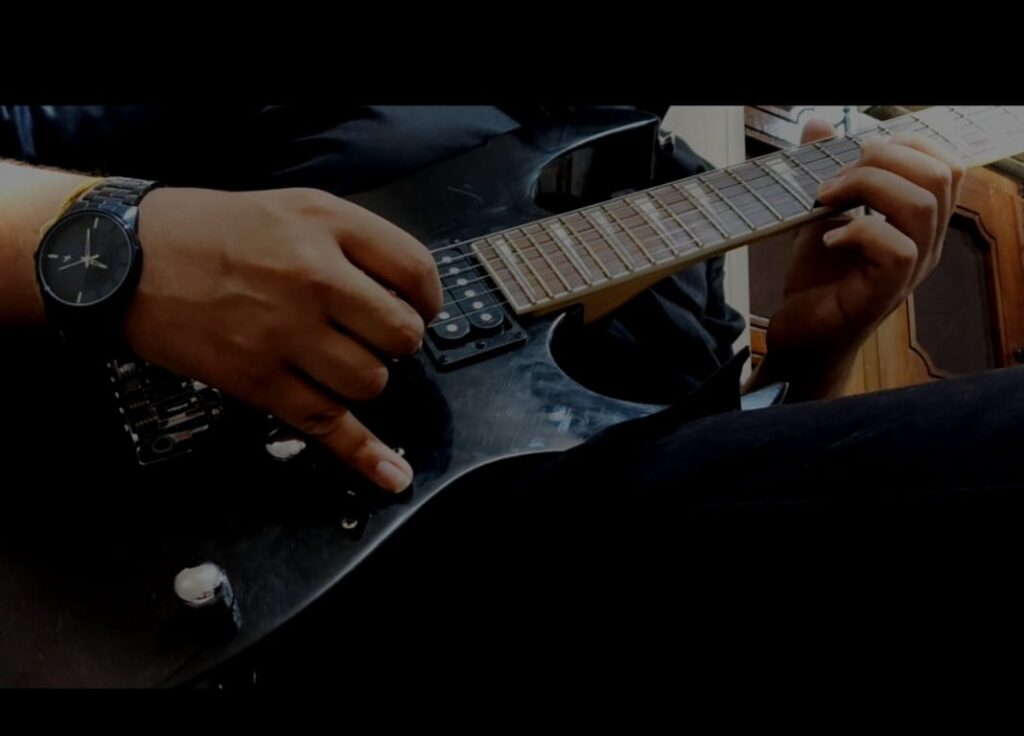
SEMI ACOUSTIC GUITAR
A semi-acoustic guitar (also called a hollow-body or semi-hollow electric guitar) is a guitar that blends features of both acoustic and electric guitars.
🎶 Why Play One?
1) Versatile Sound: Great for both clean jazz tones and overdriven blues/rock.
2) Stage-Ready: Can be played acoustically at low volume or amplified for gigs.
3) Stylish Vibe: Known for their classic, vintage look and smooth tone.
ELECTRIC GUITAR
An electric guitar is a guitar that relies on electronic amplification to produce sound. Unlike acoustic guitars, it doesn’t have a resonant body to project sound—it needs to be plugged into an amplifier to be heard properly.
🎸 Why Play Electric Guitar?
🎶 1. Versatile Sound: Can go from clean and jazzy 🎷 to heavy metal distortion 🔥Add effects like reverb, delay, chorus, wah, etc.
🤘 2. Iconic Styles: Central to rock, metal, blues, jazz, funk, punk, pop, indie, and more. Think Jimi Hendrix, Eddie Van Halen, Eric Clapton, Prince, or John Mayer.
💡 3. Easy to Play: Lighter strings and lower action (string height) = easier on the fingers. Narrow necks help with fast solos and barre chords.
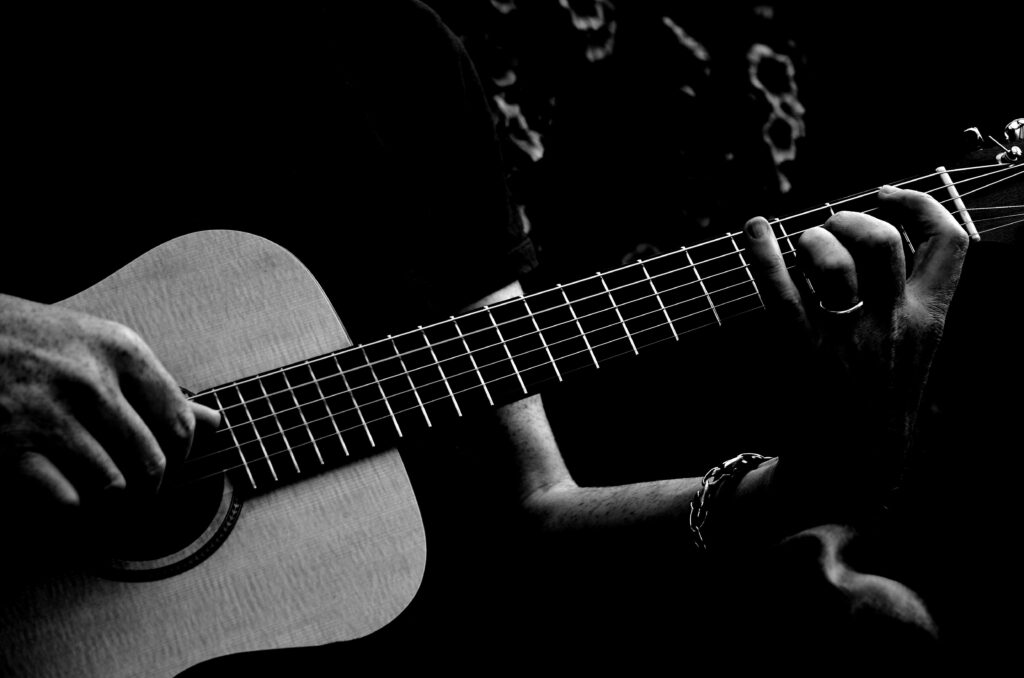
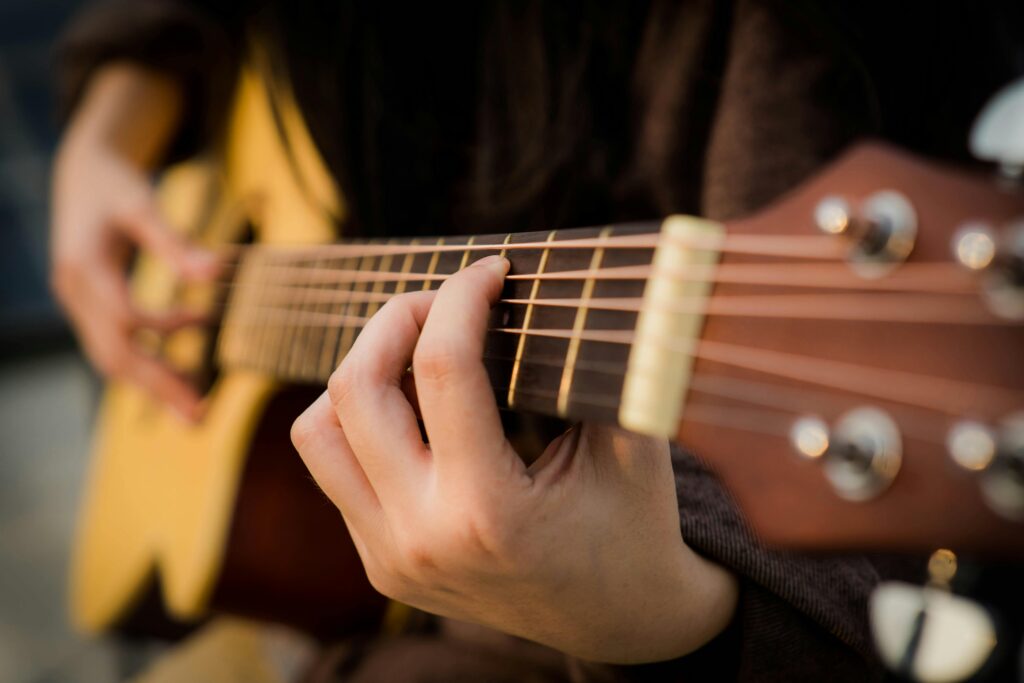
ACOUSTIC GUITAR
🎸 What is an Acoustic Guitar?
An acoustic guitar is a string instrument that produces sound acoustically—by transmitting the vibration of the strings to the air via a soundboard and sound hole—without the need for amplification (though some can be amplified).
✅ 1. Simple & Portable
No need for amps, pedals, or power—just pick it up and play. Lightweight and easy to carry anywhere: perfect for travel, campfires, street performances, or solo jams.
🎶 2. Natural, Rich Sound
Produces warm, resonant tones ideal for singing along, songwriting, and emotional expression. The wood body adds natural character to the sound that’s hard to replicate digitally.
🧑🎓 3. Ideal for Beginners
No cables or gear to complicate learning. Builds finger strength and calluses faster due to higher string tension (especially steel-string models). Encourages focus on fundamentals like finger placement, chord changes, and rhythm.
Have questions or want help choosing the right harmonium?
Feel free to leave a comment or reach out—we’re here to help guide your musical path!




